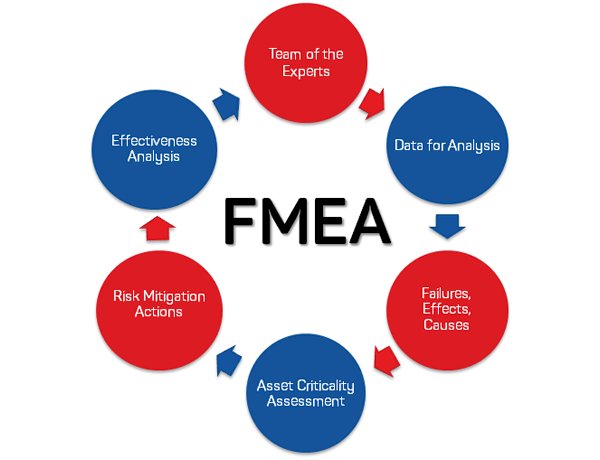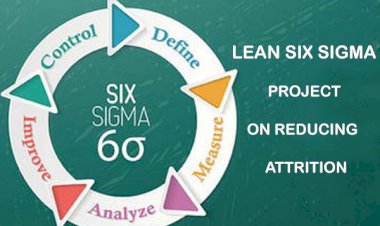How to identify the severity levels in FMEA?
How to identify the severity levels in FMEA?

How to identify the severity levels in FMEA?
FMEA is a risk management tool which helps the business organizations anticipate the potential risks and take timely action to safeguard itself from the negative effects of these risks. Risk in FMEA is calculated in a mathematical manner by evaluating each risk through different factors of its Severity, frequency of occurrence and detection. Numerical ratings are given to each factor and threes rating are then multiplied to give the RPN (Risk Priority Number) value, which is used for giving ranking to the risks.
Criteria for Giving Severity Ranking
The ratings for Severity in FMEA are generally given on a scale of 1 to 10, based on the criticality of the risk identified. The most critical risks receive the highest severity ratings.
How to identify the severity levels in FMEA
Let us now understand the Severity rating and its detailed explanation
• Rating 1 – It is not likely to have much of an impact and will most likely be ignored by the customer
• Rating 2 – It is likely to cause some amount of discomfort to the customer.
• Rating 3 – Customer will suffer some discomfort due to a minor problem with performance.
• Rating 4 – Customer is uncomfortable due to performance not up to the desired level.
• Rating 5 – Customer is dissatisfied or there is a reduction in performance affecting the overall process
• Rating 6 – Quality Cost due to warranty and repairs or there is a significant loss to in performance
• Rating 7 – Customer is highly dissatisfied due to failure in some important parts of the process. There is also the likelihood of many defects affecting overall productivity.
• Rating 8 – Similar to rating 8; the only difference being that the whole process is being affected.
• Rating 9 – Process becomes unstable which may create safety issues for both the workers and the customer, violating government regulations.
• Rating 10 – Process becomes highly unstable which might endanger the safety of workers and accidents to happen without any warning, violating government regulations.
Categorization of Severity Ratings
In some organizations, FMEA is done in such a way that instead of numerical values, categories are given to Severity levels to easily identify the nature of the risks or failure modes.
• Minor – This represents the Rating 1 of Severity in which very minor issues are mentioned which is most likely to be ignored by the customer.
• Low – This represents the Rating 2 and 3 of Severity which may cause slight discomfort for the customer due to minor issues with the performance
• Moderate – This represents the Rating 4 to 6 of Severity which causes dissatisfaction to the customer due to degradation in performance
• High – This represents the Rating 7 and 8 of Severity which causes high dissatisfaction to the customer due to a significant impact on performance.
• Very High – This represents the Rating 9 and 10 of Severity which causes instability in the process to such an extent which may cause accidents, threatening the safety of workers and equipment and may even violate governmental regulations.

 Shishu Pal
Shishu Pal 




































Comments (0)
Facebook Comments